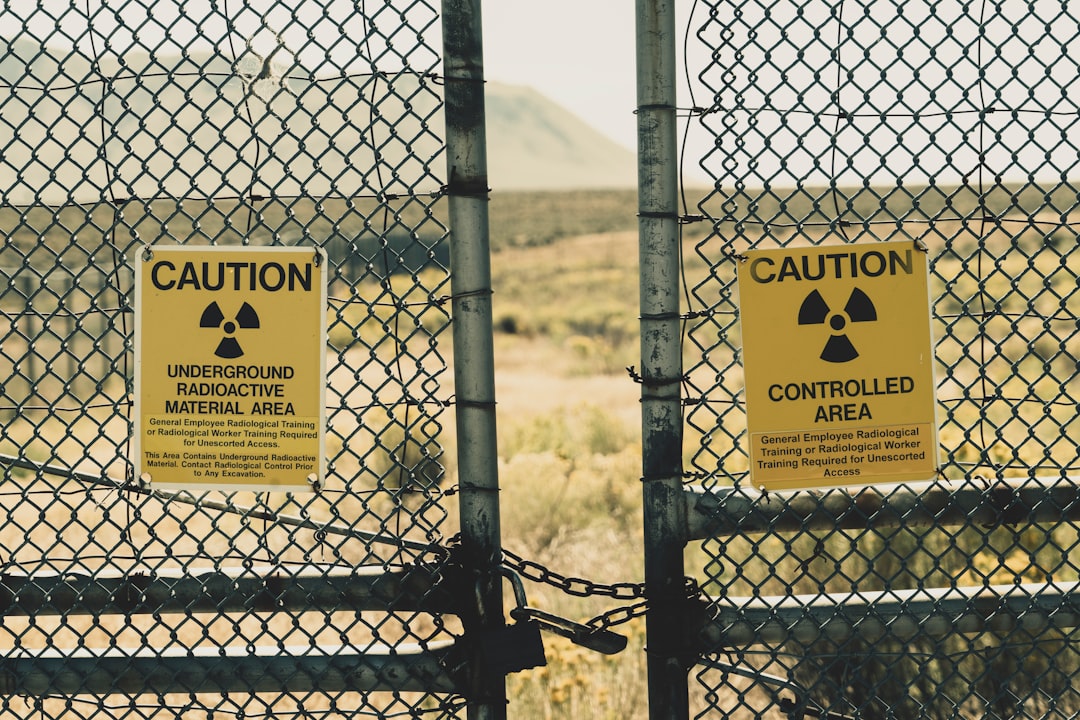What is it about?
In recent decades, the investigation of microbial communities, known as microbiomes, has been revolutionized by the introduction of innovative metagenomic techniques and bioinformatics pipelines. These advancements have led to the generation of extensive datasets, sparking efforts to develop mathematical models capable of capturing the emerging empirical complexity and making sense of it. The present work emphasizes that understanding interactions among different microbial species –including competition, cooperation, cross-feeding, chemical warfare, and more– is crucial for accurately modeling microbiome dynamics. In particular, using advanced Bayesian methods and thorough computational analyses, we reach a significant conclusion: the interactions among microbes are fundamentally "sparse" or scattered. This means that the relevant interactions are relatively few, resulting in a predominance of phenomena such as amensalism and commensalism within microbiomes.
Featured Image

Photo by National Institute of Allergy and Infectious Diseases on Unsplash
Why is it important?
Our findings underscore the importance of considering interactions when designing mathematical models to understand microbial dynamics. The modeling approach we propose represents a significant step forward compared to the state of the art, as it can replicate empirical patterns of species correlations that previous models were unable to capture. Furthermore, our analysis constitutes a considerable advancement in the possibility of controlling and manipulating microbial interactions. For instance, the human microbiome is increasingly recognized as a pivotal component of health, given its impact and dependence on immune, metabolic, and neurological processes. Therefore, the ability to regulate and modify microbiomes may have significant implications for human health, but also, more generally, for other fields such as environmental sciences.
Perspectives
A future perspective for our work involves further refining the model to incorporate additional ecological mechanisms and further rationalize the resulting complex network of interactions. In parallel, we are eager to apply our perspective to the study of microbial processes directly implicated in human health, such as dysbiosis or cancer. In summary, our work aims not only to advance our understanding of how microbiomes are assembled but also to apply the knowledge inferred to challenging problems.
Aniello Lampo
Universidad Carlos III de Madrid
Read the Original
This page is a summary of: Sparse species interactions reproduce abundance correlation patterns in microbial communities, Proceedings of the National Academy of Sciences, January 2024, Proceedings of the National Academy of Sciences,
DOI: 10.1073/pnas.2309575121.
You can read the full text:
Contributors
The following have contributed to this page










